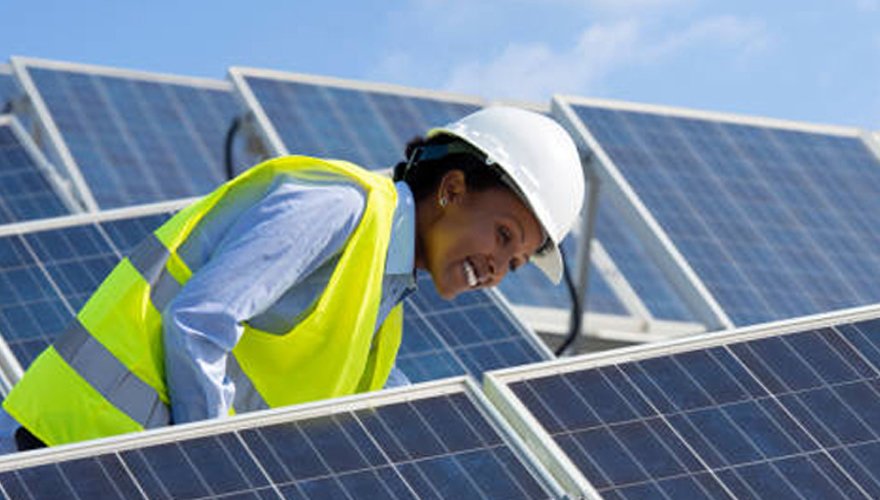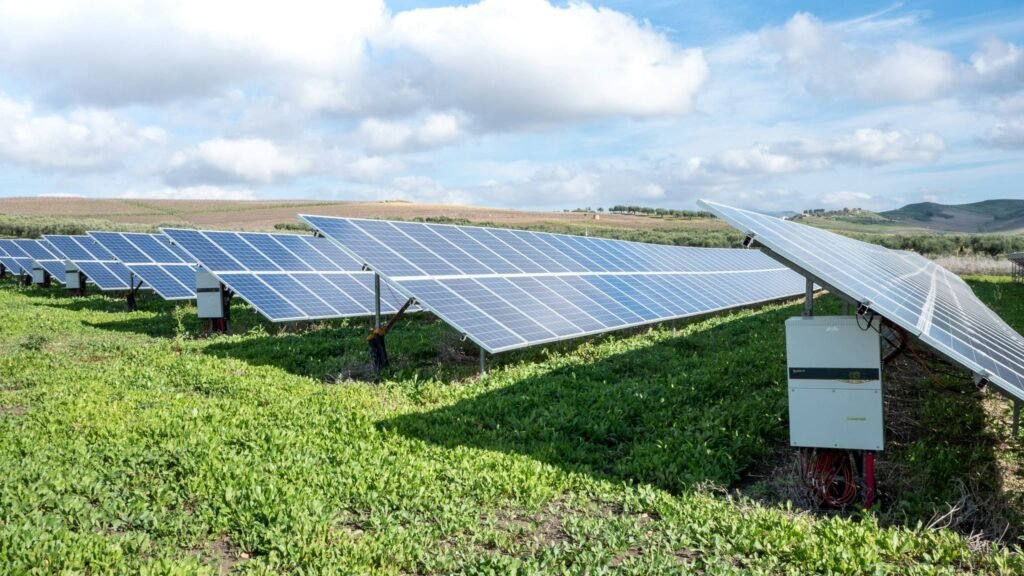In a country where the sun shines almost daily yet the electric supply remains inconsistent, the arrival of global energy-technology player Sungrow within Nigeria’s renewable energy sphere marks a meaningful shift. With the recently held Nigeria Energy 2025 Conference in Lagos (October 28-30) as backdrop, Sungrow is presenting itself not simply as a supplier of gear, but as a partner in what it describes as a “clean energy transition” for Africa’s most populous nation.
Speaking at the conference, Nigel Sun, Head of Sungrow Sub-Saharan Africa, summed up the company’s view of Nigeria: “one of the continent’s most dynamic and promising renewable-energy frontiers.”
Nigeria, after all, carries a heavy contradiction: an abundance of solar-resource potential yet persistent grid-instability and supply-gaps. This is the moment, insiders say, where solar plus storage — if well-executed — can help bridge the gap. The stakes are high: businesses that lose output because of outages, communities that still rely on generators, and a national ambition toward sustainable growth all depend on solutions that go beyond mere panels.
For Sungrow, the narrative is clear: operate not just as an exporter of technology, but as a collaborator on the ground. With local partnerships now in the works to deepen technical capacity and after-sales service across Nigeria, the firm is signalling a long-term commitment rather than a one-off sale.

Table of Contents
Building Partnerships, Not Just Projects
What struck me in conversations around the event was how much emphasis Sungrow places on ecosystem-building. In Nigeria’s energy market, the challenges are more than technical: they are systemic — fragmented distribution, regulatory uncertainty, local maintenance capacity, and legacy reliance on diesel generation.
Sungrow’s strategy aims to respond to all of these:
- It is finalising partnership agreements with local Nigerian firms, in order to ensure that technical support and after-sales service are carried out by people on the ground.
- It is adapting its product range for local conditions — from single-phase residential inverters to heavy-duty industrial string inverters and battery systems designed to stand up to grid fluctuations and harsh climate.
- It is engaging in “industry-shaping dialogues” — not just selling gear, but joining conversations about how renewable energy is implemented in Nigeria: how business models work, how local policy needs to adapt, how to scale.
From a local perspective, this matters. I spoke with solar installers and energy-project developers in Lagos during the conference week, and a recurring theme was the need for reliable after-sales service and local spare-parts supply. Having a global player like Sungrow entering with a local partner ecosystem promises to raise the bar. It is one thing to import panels; it is quite another to maintain, repair and scale them reliably.
In short, Sungrow appears to view Nigeria not as a project-market but as a market-with-projects — meaning: a constituent of its long-term growth story in Africa.

Sun-Power Meets Innovation: Tech Tailored for Nigeria
While the partnership dimension is vital, the hardware itself must deliver — otherwise the promise fades. Sungrow understands that, and at the Nigeria Energy 2025 conference, it showcased a spectrum of its latest solutions tuned for African conditions.
The portfolio includes:
- the MG5/6RL single-phase inverter + battery system (5 kW / 6 kW) aimed at homes and small businesses;
- the SH15/20/25T three-phase system with SBH battery for enterprises needing 15-25 kW capacity;
- the SG150CX with PowerStack, a heavy-duty solution for large commercial and industrial use, engineered for grid-fluctuation resilience and performance optimisation.
What is especially relevant for Nigeria:
- The equipment is designed for environments with weak or unstable grid supply — a reality in many parts of the country.
- The system design emphasises flexibility — so homes, small businesses, and larger industrial users can all plug into solutions suited to their scale.
- Maintenance and serviceability appear to be built in as part of the go-to-market plan (through local partnerships) rather than being an afterthought.
For Nigerian businesses and households, this is encouraging: if reliability increases, generator dependence drops; if systems are scalable, we start seeing real adoption rather than isolated installations.
The Road Ahead: Challenges and the Promise
The path is not without hurdles. Nigeria’s power-sector legacy means entrenched behaviours, inertia, and for renewables, issues of finance, regulation, grid integration and skills remain. Sungrow is entering this complex environment, and success will partly depend on how it navigates these systemic issues.
From my vantage, here are some of the key challenges and how Sungrow’s approach may help mitigate them:
- Financing & Investment: Renewables often require a higher upfront cost, though lower running costs. Nigeria’s business environment still wrestles with currency risk, financing costs and project-risk perceptions. Sungrow’s scale and global reputation may help de-risk investment for local financiers and project developers.
- Local Capacity & Maintenance: The biggest challenge for solar in Nigeria is not “will it generate power?” but “will it keep generating power with minimal downtime?” By partnering locally, Sungrow is attempting to ensure local serviceability — a critical success factor.
- Grid Integration & Stability: Solar plus storage must align with the realities of Nigeria’s grid — variability, outages, need for backup. The technology unveiled addresses this: systems built for grid fluctuations and designed for reliability.
- Policy & Regulation: Nigeria’s renewable policy framework is evolving. Companies that engage not just in installation but in dialogue (as Sungrow appears to be doing) are better placed to shape favourable conditions.

Given these factors, the promise is substantial. Nigeria can shift from being a country with “lots of sunshine but little access” to one where solar becomes a viable mainstream complement to—or even replacement for—traditional supply. If so, the economic, social and environmental benefits are real: reliable power for industry, improved access for households, reductions in diesel usage, and the creation of green-jobs in installations and maintenance.
From a personal viewpoint, this feels like a moment of convergence: a strong global company, a receptive market, and technology well matched to local realities. While the journey ahead is long, the signals are positive.
Join Our Social Media Channels:
WhatsApp: NaijaEyes
Facebook: NaijaEyes
Twitter: NaijaEyes
Instagram: NaijaEyes
TikTok: NaijaEyes





